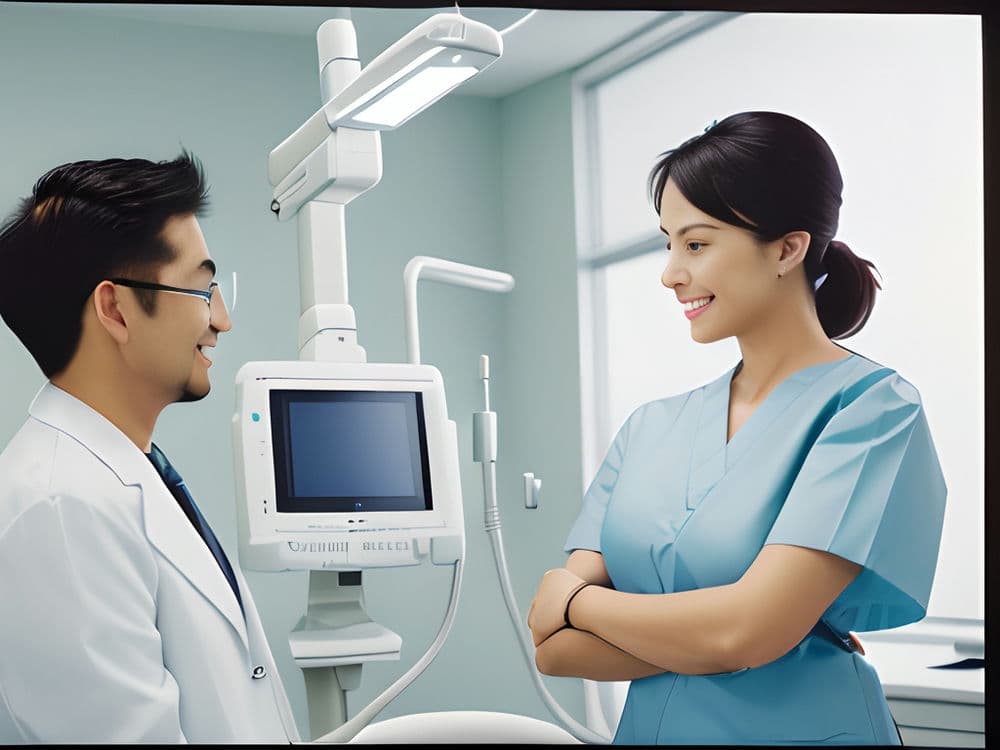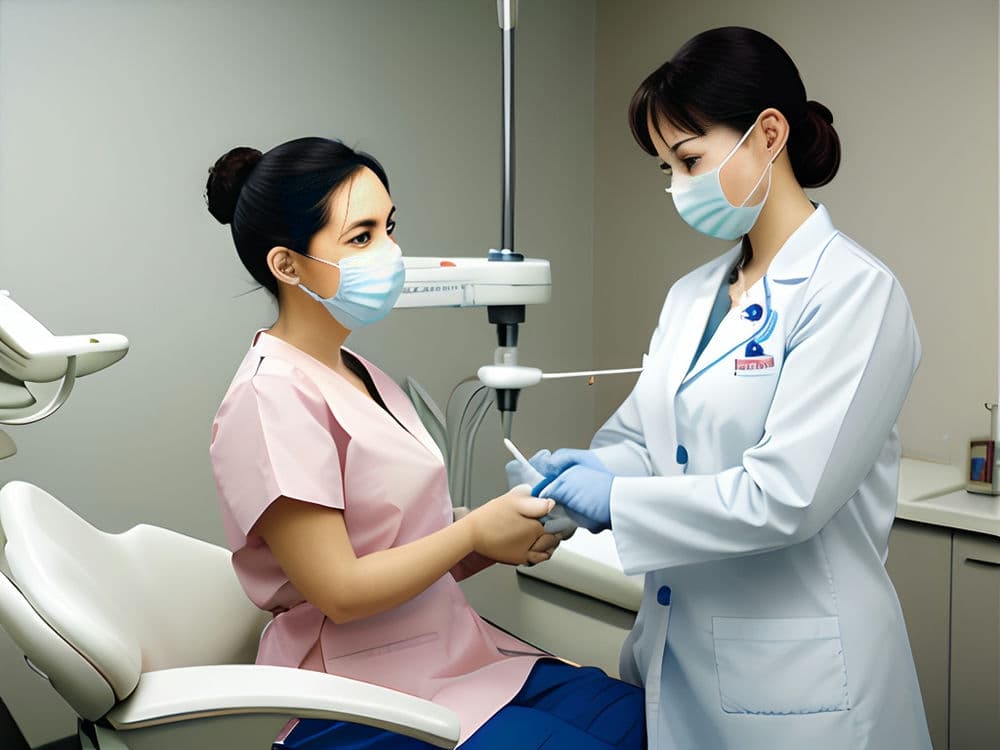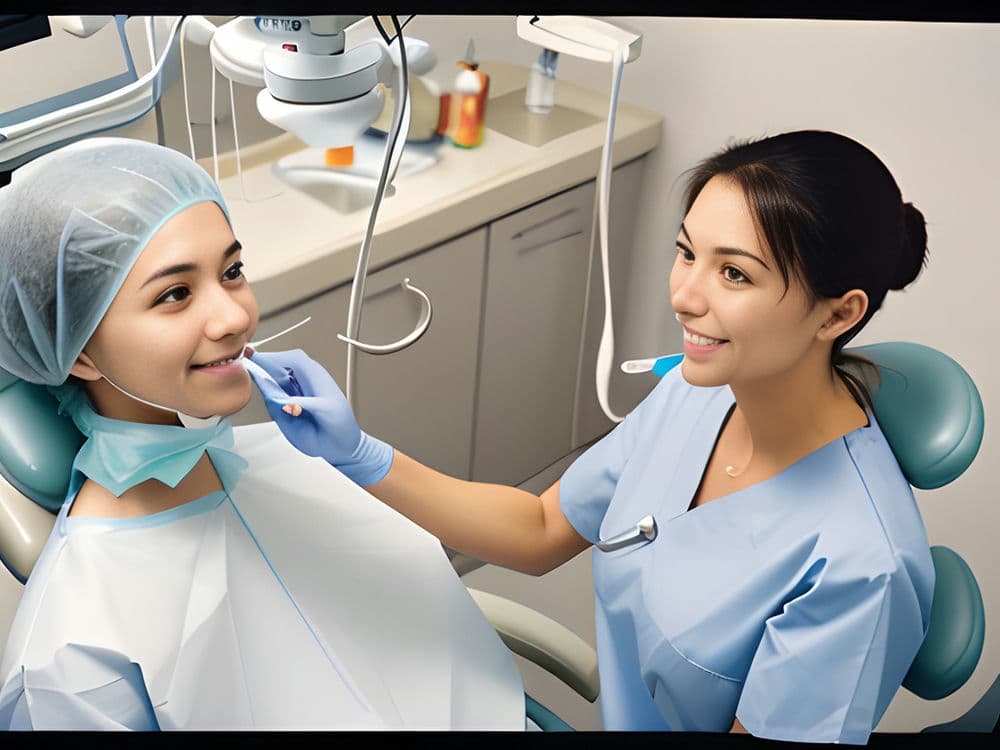
The Psychological Benefits of Modern Orthodontic Solutions
- Overview of advancements in orthodontic care
The pursuit of a captivating smile often leads many to explore the realm of modern orthodontic solutions. Straight teeth, a seemingly superficial attribute, hold profound psychological benefits that ripple through one's self-perception and social existence.
As humans, our appearance can significantly influence our confidence levels. Educates patients on proper oral hygiene practices The Latest Trends in Orthodontic Care and Patient Outcomes disability. Staffed by experienced dentists and dental hygienists zubar Osijek mouth. A smile with aligned teeth is frequently associated with beauty norms and societal acceptance. This perception isn't merely an external judgment but deeply intertwines with our internal narrative about self-worth. When individuals are insecure about their smiles, they may shy away from full-hearted laughter or even avoid engaging in conversations—actions that inadvertently create barriers in personal relationships.
Orthodontic advancements provide more than just physical corrections; they serve as tools for self-esteem enhancement. The transformation journey—from crooked to straight teeth—is often accompanied by a corresponding shift in how one views oneself. With each glance at the mirror reflecting an improved smile, there's a reinforcement of positive self-image.
This enhanced self-esteem doesn’t stay confined within individuals; it extends outwardly into their interactions with others. A confident person exudes an aura that is palpable—smiling freely, speaking without inhibition, and presenting themselves authentically without the shadow of dental insecurities looming over them. It's this newfound boldness that can mend and forge stronger connections with those around them.
The Psychological Benefits of Modern Orthodontic Solutions - tissue
- medical specialty
- training
- physician
In essence, while modern orthodontics works on aligning teeth structurally, its true victory lies in aligning an individual’s confidence with their potential—a subtle yet monumental stride toward enriching both personal well-being and social harmony.




